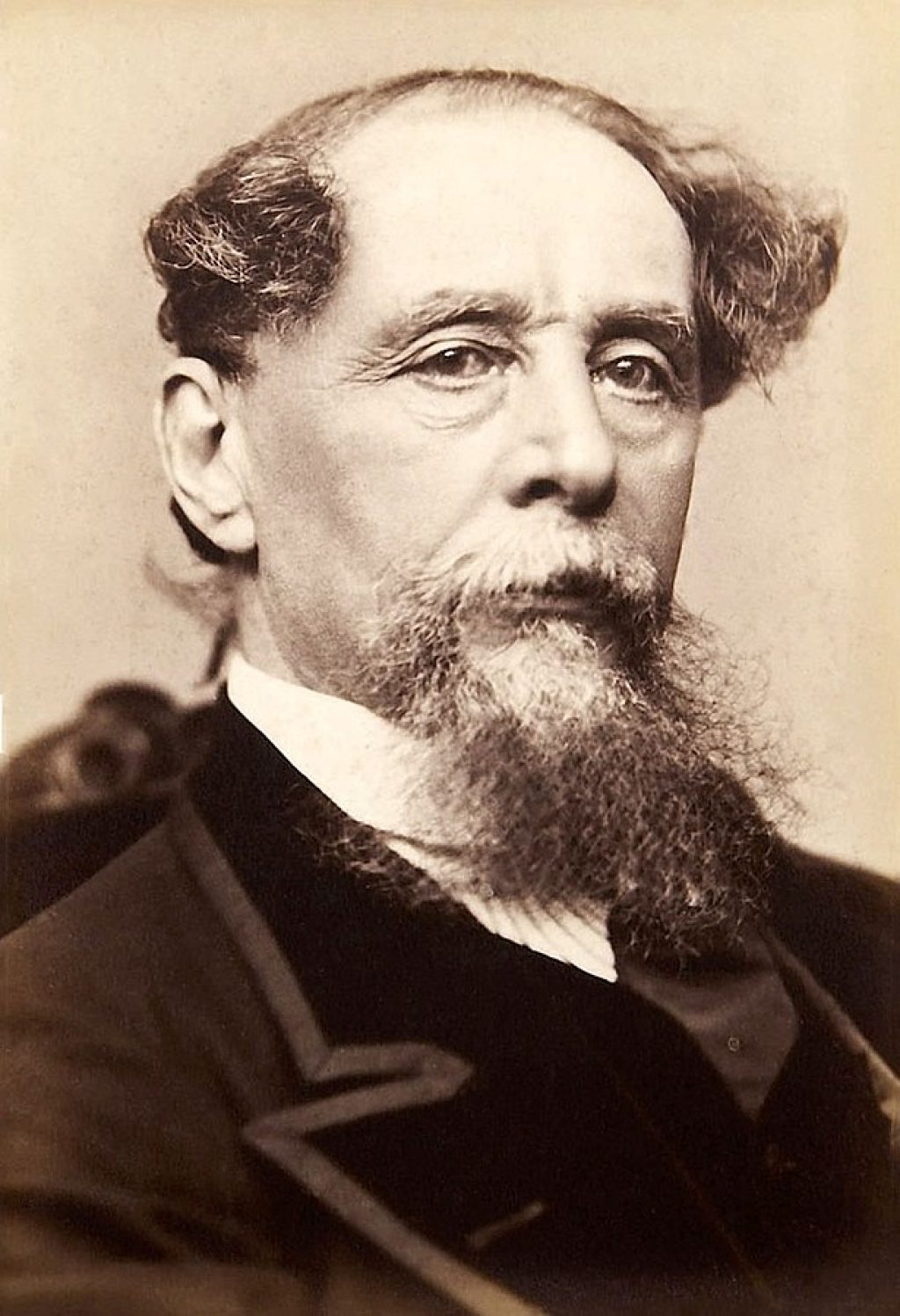Join us at 7.30 pm at 184 Gwydir Street for an evening of spine-tingling tales and festive cheer.
The evening includes:
- A dramatic reading of The Signalman by Robert Lloyd Parry is perfect for a chilly winter’s night.
- A Candlelit Walkthrough of David Parr House: After the reading, immerse yourself in the historic ambience with a candlelit walkthrough of David Parr House, adding a touch of festive magic.
- Festive Treats: Enjoy mulled wine, warm drinks, and seasonal refreshments and after-hours shopping perfect for finding unique gifts.
This intimate event is limited to just 20 guests, ensuring a cosy and exclusive experience.
About Robert Lloyd Parry:
Described by The Stage as delivering “storytelling at its finest,” Robert Lloyd Parry is a master of the ghost story. His celebrated “M. R. James Project” has brought classic tales to life through solo performances, films, and more. His editorial work includes Friends and Spectres (2024) and Ghosts of the Chit-Chat (2020).
The event is part of our annual programme celebrating Letter, Word and Text. All money raised from talks and events at David Parr House goes towards maintaining the house and collection. Thank you for supporting us.
Facilities
- Facilities for Disabled Guests
- wheelchair access
- WIFI
Accessibility Facilities
- Mostly flat terrain
- Staff available to assist
- Wheel chair accessible



